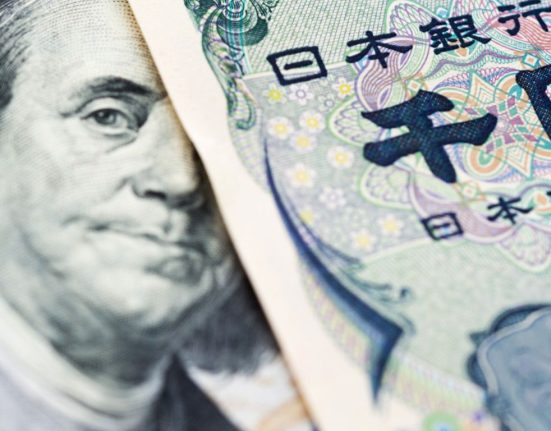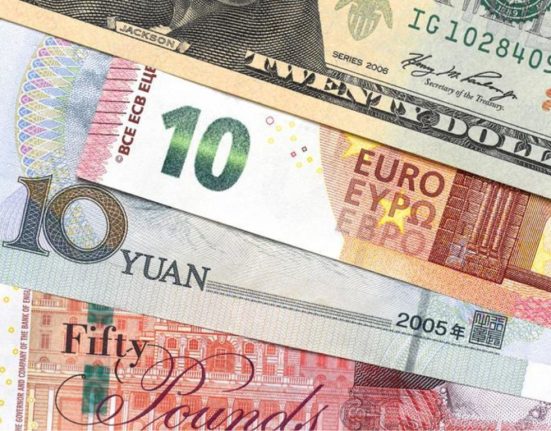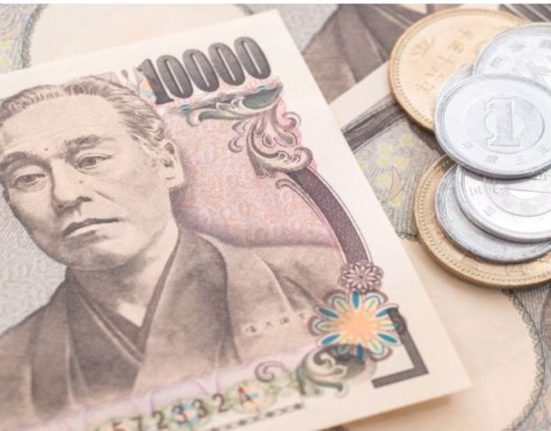Introduction
The USD/JPY currency pair has garnered attention as it maintains a target of surpassing 139.00 and moving higher. Traders closely monitor this pair, which reflects the relationship between the US dollar and the Japanese yen. This article provides an overview of the recent analysis from UOB, shedding light on the factors driving the USD/JPY exchange rate. By examining these insights, traders can enhance their understanding of the currency pair and make informed trading decisions.
USD/JPY Aims for 139.00
According to UOB’s analysis, the USD/JPY exchange rate is poised to target the level of 139.00 and potentially continue to move higher. This target level holds significance for traders as it represents a potential area of resistance or breakout, depending on market dynamics.
UOB’s Insights and Analysis
UOB’s analysis offers valuable insights into the factors influencing the USD/JPY exchange rate. While predicting precise currency movements is challenging, the following considerations provide a framework for traders:
1. US Dollar Strength: The strength of the US dollar against the Japanese yen plays a pivotal role in shaping the USD/JPY exchange rate. Factors such as US economic data, monetary policy decisions by the Federal Reserve, and market sentiment towards the dollar can contribute to its strength or weakness.
2. Japanese Yen Dynamics: The performance of the Japanese yen, influenced by economic indicators, Bank of Japan policy decisions, and market sentiment towards the yen, also impacts the USD/JPY exchange rate. Traders should stay informed about developments in the Japanese economy and any shifts in monetary policy.
3. Risk Sentiment: Market sentiment and risk appetite can influence the USD/JPY exchange rate. During periods of risk aversion, investors often seek safe-haven assets like the Japanese yen, which can lead to a stronger yen and a weaker US dollar.
Market Outlook and Trading Strategies
Given the target of 139.00 and beyond, traders may consider various strategies when trading the USD/JPY currency pair. These strategies should align with individual risk tolerance and market conditions. Here are a few approaches traders can consider:
1. Breakout Strategy: Traders can monitor the USD/JPY exchange rate for a decisive breakout above the target level of 139.00. A sustained move beyond this level may indicate further upward momentum, potentially offering opportunities for long positions.
2. Trend-following Strategy: Traders can observe the prevailing trend in the USD/JPY exchange rate and align their positions accordingly. By identifying higher highs and higher lows or lower highs and lower lows, traders can capture potential profits in line with the established trend.
3. Fundamental Analysis: Staying informed about economic data releases, central bank announcements, and geopolitical developments in both the US and Japan is crucial when employing a fundamental analysis strategy. Understanding the fundamental factors driving the USD/JPY exchange rate can guide trading decisions.
Conclusion
In conclusion, the USD/JPY currency pair sets its sights on reaching 139.00 and beyond, according to UOB’s analysis. Traders should closely monitor the dynamics of the US dollar and the Japanese yen, along with overall market sentiment. By staying informed and leveraging UOB’s insights, traders can enhance their understanding of the USD/JPY exchange rate and make well-informed trading decisions.










